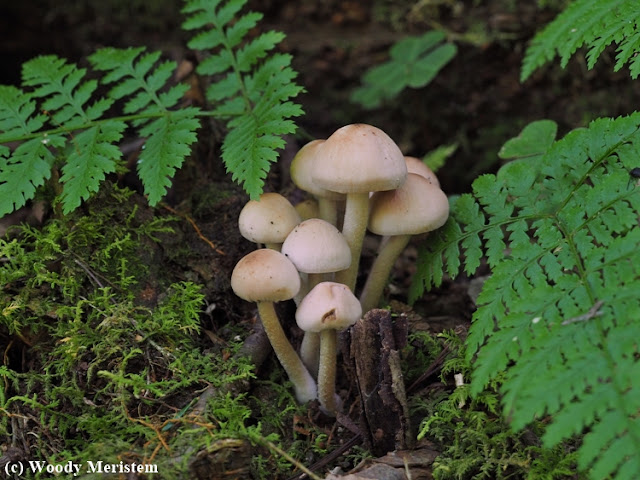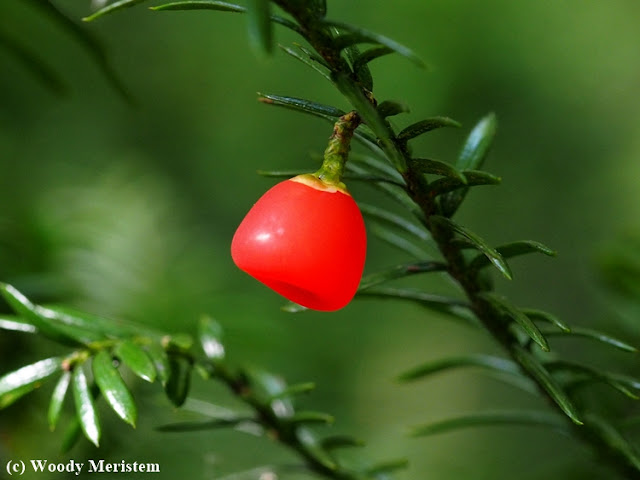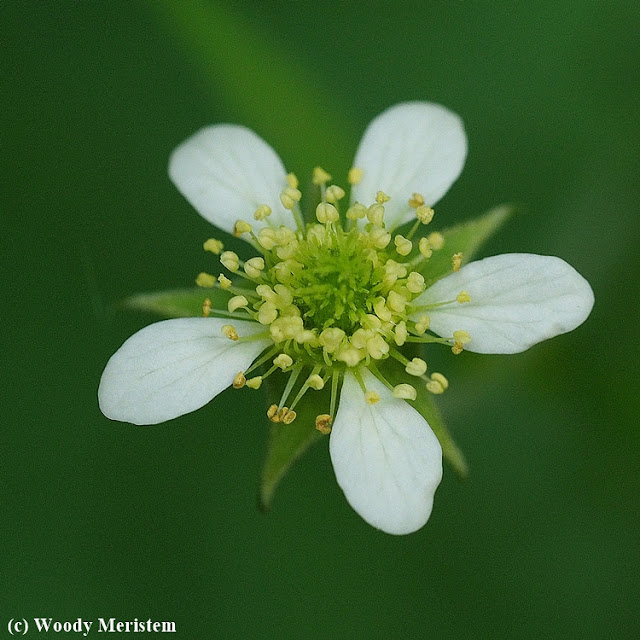Pennsylvania has an abundance of streams and an abundance of names for the kind of flowing water that are collectively called streams: run, lick, creek, brook, crick, kill, branch and – surprise – stream. One of my favorite streams has a trail along the bottom of its steep-sided narrow valley, but shall remain nameless since it’s a rather fragile ecosystem and already has far too many visitors, although in absolute numbers there are not many.
The trail began life as a road to haul wagonloads of hemlock bark to a tannery about four and a half miles away as the crow flies, but much longer by the primitive roads of the day. For a number of years I worked with a fellow whose family had, generations ago, owned and logged the valley in which the stream flows.
In the intervening years the forest has recovered and there’s a population of native brook trout in the stream, none of which are much more than six inches long. The forest is beginning to take on the characteristics of an old growth forest: large standing dead trees, fallen trees, and several layers of vegetation from small plants to shrubs, small trees to large older trees.
Here, in order, are some of the things I saw on a late-summer day during a three-hour walk up the trail and back down –
A few small yellow mushrooms, yellow waxycaps I believe, glowed against the dark brown of a decaying log –
Just beyond another clump of mushrooms had sprung from a decaying root, these were (I believe) ringless honey mushrooms –
As in most of Pennsylvania, the white ash trees in the valley have died from the emerald ash borer. In an opening created when several trees died grew a number of plants of bee-balm in full bloom –
Further up the stream there are several large patches of Canada yew, a low-growing shrub that has been eliminated from most the limited areas of suitable habitat by browsing white-tailed deer. There was little sign of these having been extensively browsed and there were even a few translucent red fruits hanging from the branches –
More dead trees and fallen limbs bearing fungus, one interesting but defying identification and many tinder fungus on most of the dead birch trees –
In some of the shadiest moist spots grew colonies of common wood-sorrel, long past blooming –
On the edge of the opening grew a few small white flowers, white avens –
Here and there are large rocks that, in ages past, fell or slid from the steep slopes above. Many of those rocks, boulders if you will, are capped by a colony of rock polypody ferns which seldom grow anywhere but on shaded rock –
All along the way the trail parallels the run which in summer doesn’t carry much water but displays its maze of moss-covered stones and tiny cascades –
Indian-pipes with their ghostly white stems and flowers were in bloom. Indian-pipes aren't fungi; they're parasitic flowering plants, lacking chlorophyll, that derive their food from the roots of trees –
In several places along the trail stinging nettles grew in the moist soil. Stinging nettle is a non-native plant from Europe that is now widespread in moist woodland. It’s a plant to be avoided since it lives up to its name; brush against the plant and you’ll be treated to a sample of its sharp “hairs” that penetrate the skin and sting for a while –
Back down the trail I went, passing a large white pine that’s the largest tree I've found in the valley –
Back to the car and to run some errands before heading for home.















Wonderful walk up that stream valley. Enjoyed the plants you found.
ReplyDeleteNice of you to share this 6 months later in the middle of winter. Helps us remember the seasons will change always.
ReplyDelete